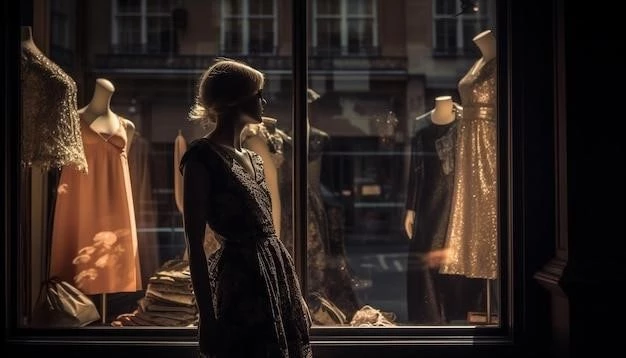The History of Haute Couture: From Paris to the World
Haute couture, the pinnacle of fashion, has captivated the world with its artistry, craftsmanship, and extravagance for centuries. This article delves into the fascinating history of haute couture, tracing its evolution from its Parisian origins to its global influence.
The Birth of Haute Couture in Paris
The origins of haute couture can be traced back to the 17th century, when Parisian dressmakers began catering to the elite clientele of the French court. However, it was in the 19th century that the concept of haute couture truly took shape.
Charles Frederick Worth, an English dressmaker who established his business in Paris in 1858, is widely considered the “father of haute couture.” Worth revolutionized the fashion industry by introducing the concept of the designer as an artist, showcasing his creations in grand salons and establishing the “house” system, where a single designer oversaw every aspect of the garment’s creation.
Worth’s success paved the way for other prominent Parisian couturiers, including Paul Poiret, Jeanne Lanvin, and Coco Chanel. These pioneers pushed the boundaries of fashion, experimenting with new silhouettes, fabrics, and embellishments, and establishing Paris as the undisputed capital of haute couture.

The Golden Age of Haute Couture
The early 20th century marked a golden age for haute couture. The “Roaring Twenties” witnessed a surge in demand for luxurious and glamorous garments, leading to a flourishing of haute couture houses. The era of the “grand couturiers” saw the rise of such iconic figures as Elsa Schiaparelli, Madeleine Vionnet, and Christian Dior.
Dior’s “New Look” in 1947, with its emphasis on feminine silhouettes and voluminous skirts, revolutionized postwar fashion and cemented Paris’s position as the global center of haute couture.

The Evolution of Haute Couture
The latter half of the 20th century saw a shift in the haute couture landscape. The rise of ready-to-wear clothing and the changing social and economic landscape challenged the traditional model of haute couture.
However, haute couture continued to evolve and adapt. New designers emerged, such as Yves Saint Laurent, Karl Lagerfeld, and John Galliano, who brought their own unique vision to the world of haute couture. The industry also embraced new technologies and materials, pushing the boundaries of craftsmanship and creativity.
Haute Couture Goes Global
While Paris remains the birthplace of haute couture, the industry has become increasingly global in recent decades. Couture houses have opened boutiques in major cities worldwide, and designers from different countries have gained recognition on the international stage.
The rise of Asian designers, particularly in Japan and South Korea, has injected fresh perspectives and innovative techniques into haute couture. This globalization has broadened the appeal of haute couture and brought it to a wider audience.
The Future of Haute Couture
Haute couture continues to be a symbol of luxury, artistry, and exclusivity. While it faces challenges in the digital age, the enduring allure of its craftsmanship and the desire for bespoke garments ensure its continued relevance.
The future of haute couture likely lies in a balance between tradition and innovation. As the industry embraces new technologies and sustainable practices, it will continue to inspire and captivate the world with its timeless beauty and unparalleled artistry.










